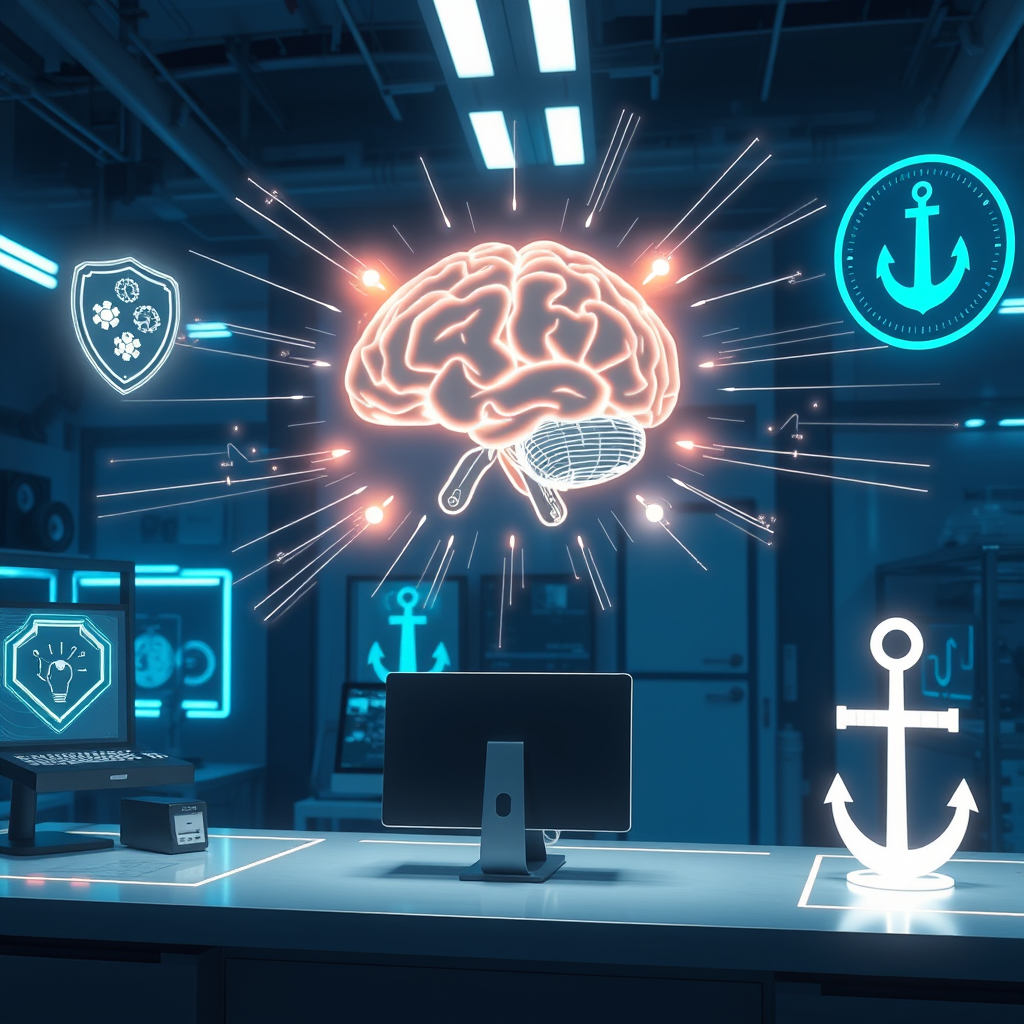
Introduction
The rapid ascent of large language models (LLMs) has sparked a global conversation about the limits of artificial intelligence in understanding the nuances of human language and culture. While models such as GPT‑4 and Claude have demonstrated remarkable proficiency in English and a handful of other major languages, their performance in the diverse linguistic landscape of India has remained largely uncharted. In response to this gap, OpenAI has unveiled IndQA, a culture‑aware benchmark specifically designed to evaluate how well AI systems comprehend and reason about Indian languages across a spectrum of cultural contexts. This initiative signals a pivotal shift toward inclusive AI research, acknowledging that a truly global model must be tested not only on linguistic fluency but also on cultural relevance and sensitivity.
IndQA arrives at a time when the Indian subcontinent is a hotbed of technological innovation, with a burgeoning tech ecosystem that powers millions of users across 22 officially recognized languages. Yet, the lack of standardized, rigorous evaluation tools has left developers uncertain about the real‑world readiness of their models for Indian audiences. By providing a structured, reproducible framework, IndQA equips researchers and practitioners with the means to benchmark progress, identify blind spots, and iterate toward more equitable AI systems.
The benchmark’s launch is also a reminder that language is inseparable from culture. Words carry connotations, idioms, and historical baggage that can shift meaning dramatically when translated or interpreted by a machine. IndQA’s focus on cultural domains—such as regional festivals, local governance, and everyday social interactions—ensures that AI models are not merely parroting dictionary definitions but are engaging with the lived realities of Indian speakers.
Main Content
The Need for Cultural Benchmarks
Traditional language evaluation datasets often prioritize syntactic correctness and semantic similarity, metrics that are insufficient when the goal is to capture cultural nuance. For instance, a model might correctly translate “Namaste” as “Hello,” yet fail to recognize its role as a respectful greeting that conveys humility and reverence. In a multicultural society like India, where language intertwines with caste, religion, and regional identity, such oversights can lead to miscommunication or even offense.
Moreover, the sheer number of dialects and code‑switching practices in India complicates evaluation. A single model might perform admirably on standardized Hindi but falter when confronted with colloquial Marathi or the Hinglish mix that dominates social media. IndQA addresses these challenges by incorporating a diverse set of linguistic inputs, ensuring that the benchmark reflects the heterogeneity of real‑world usage.
Design and Scope of IndQA
IndQA is structured around a series of question‑answer pairs that span multiple cultural domains: festivals, cuisine, politics, education, and everyday life. Each question is crafted in one of the 22 official Indian languages, with translations provided for cross‑lingual comparison. The benchmark employs a multi‑step evaluation process that first assesses linguistic accuracy—such as correct grammar and vocabulary usage—and then probes deeper into cultural understanding.
For example, a question about the significance of Diwali in Tamil Nadu might require the model to explain not only the festival’s basic premise but also its regional variations, such as the unique “Panchami” rituals. The answer is scored against a rubric that rewards depth, contextual relevance, and sensitivity to local customs. By embedding such domain‑specific knowledge into the evaluation, IndQA forces models to move beyond surface‑level translation.
The dataset also includes adversarial prompts designed to test the model’s resilience against misinformation or biased framing. A prompt might present a controversial statement about a religious practice and ask the model to provide a balanced, fact‑based response. This feature is crucial for ensuring that AI systems can navigate the complex socio‑political landscape of India without propagating harmful stereotypes.
Implications for AI Development
The introduction of IndQA has immediate implications for both academia and industry. Researchers can now quantify progress in a way that aligns with societal needs, enabling more targeted research into multilingual and multicultural AI. Companies developing AI‑driven products for Indian markets—such as virtual assistants, educational platforms, and customer service bots—can use IndQA scores to benchmark their models against a gold standard, thereby improving user trust and satisfaction.
Furthermore, IndQA encourages a shift toward data‑driven, culturally informed AI design. Rather than relying on generic datasets that may inadvertently encode Western biases, developers can now curate training data that reflects the linguistic diversity of India. This approach not only enhances performance but also promotes ethical AI practices by mitigating the risk of cultural erasure.
Challenges and Future Directions
While IndQA represents a significant leap forward, it is not without limitations. The benchmark’s reliance on curated question sets means that it may not capture the full dynamism of everyday language use, especially in rapidly evolving online communities. Additionally, the evaluation process, which involves human annotators to assess cultural nuance, can be resource‑intensive and may introduce subjective variability.
Future iterations of IndQA could incorporate automated, explainable metrics that complement human judgment, thereby scaling the evaluation process. Expanding the benchmark to include more languages—such as regional dialects and minority languages—would further enhance its representativeness. Finally, fostering an open‑source community around IndQA could accelerate its adoption and refinement, ensuring that the benchmark evolves in tandem with the linguistic and cultural shifts it seeks to measure.
Conclusion
OpenAI’s IndQA benchmark marks a watershed moment in the pursuit of culturally competent AI. By foregrounding the intricate relationship between language and culture, IndQA provides a rigorous, real‑world testing ground for models that aspire to serve India’s diverse population. The benchmark’s design—rooted in authentic cultural contexts, robust evaluation rubrics, and a commitment to ethical AI—offers a blueprint for future multilingual benchmarks worldwide. As AI systems become increasingly embedded in everyday life, tools like IndQA will be indispensable for ensuring that these technologies respect, reflect, and enrich the societies they serve.
Call to Action
If you are a researcher, developer, or enthusiast working with Indian languages, I encourage you to explore IndQA and integrate it into your evaluation pipeline. By benchmarking your models against this culturally aware standard, you can identify gaps, drive improvements, and ultimately deliver AI experiences that resonate with real users. Join the conversation on GitHub, contribute to the dataset, or simply share your findings on social media using #IndQA. Together, we can push the boundaries of what AI can achieve in a culturally diverse world, ensuring that technology serves as a bridge rather than a barrier.


